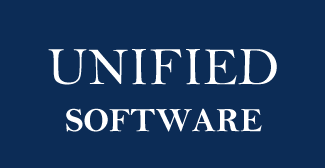It is important to define who will conduct the audit, whether a single auditor or a team, what will be audited, to whom the results will be communicated and what mechanisms will be used to ensure the implementation and effectiveness of corrective actions.

Here are the 5 steps:
Planning and scheduling
The audit work begins with careful planning. At this point it is necessary to take into account the complexity of the work, the time required for its execution and the resources needed to carry out and complete the work. The chronogram is essential so that everyone involved knows the verification dates of each process. The scope of the internal quality audit and its objectives should also be defined.
Engage senior management and the work team
Without the commitment of top management, the results of the internal quality audit can be seriously compromised. Managers must be convinced of the importance of the audit and allocate the necessary resources. They must also understand that they are primarily responsible for creating a culture of quality and continuous improvement in the organization. Commitment must also be present in the audit team.
Conduct the audit
The internal quality audit can start with a meeting between leaders who share and corroborate the work plan. After that, it is time to get into the verification practice. There are several ways to collect evidence and information during an audit. The most important thing at this stage is to know how to conduct the process in an atmosphere of cordiality, respecting the deadlines established in the schedule and the organization’s workflows. 
Record and present the results
Non-conformities: individual problems, arising from a difference between results and commitments.
Follow-up actions: it is necessary to verify that the corrective or preventive actions arranged in previous audits have been completed in a timely manner and have been effective.
General report: the findings and actions taken to address those problems are consolidated in this report.

Follow up on the recommendations of the report
It is essential that the delivery of the report is not considered the end of the audit work. From the nonconformities and findings reflected in the report, the organization will have the necessary tools to identify the causes of the nonconformities. In this way, it will be able to suggest and implement corrective actions.
